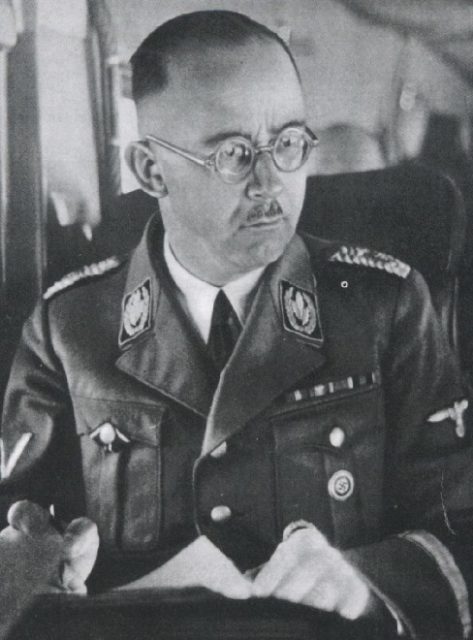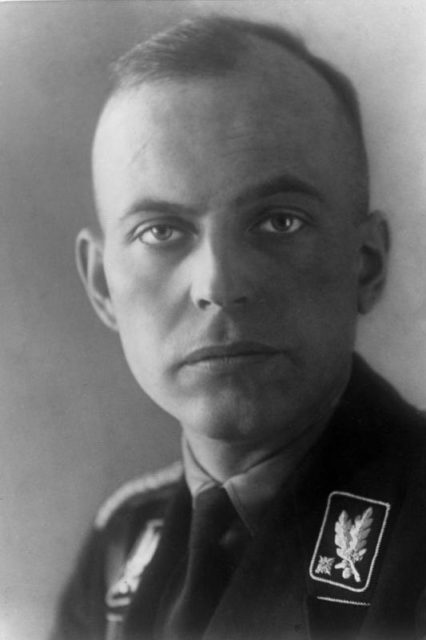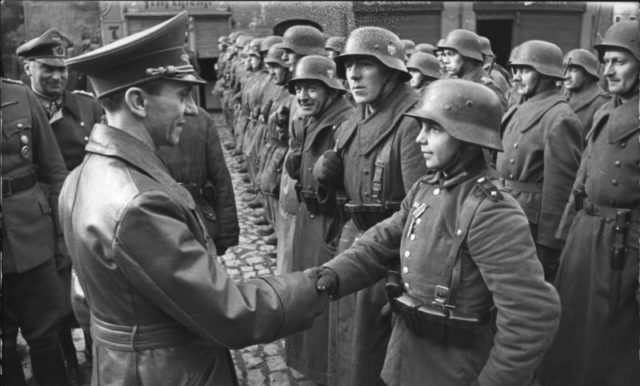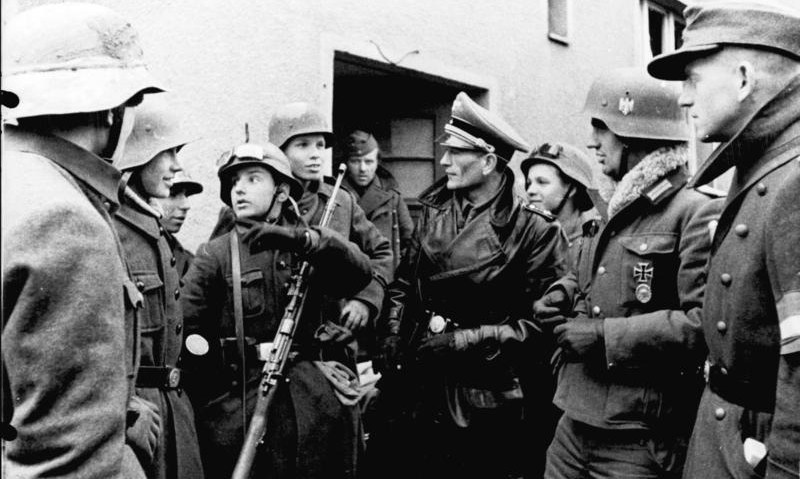In the Autumn of 1944, the Nazis instigated a plan to establish active forces behind enemy lines as the Allies pushed through Germany. It was called Operation Werewolf (Werwolf in German) and accomplished very little apart from its propaganda effect.
The Werewolf troops reputation spread around the Allied forces and was the reason used by the Allies to detain thousands of Germans after the war. They did so to prevent an uprising although the likelihood was minimal.
How it All Began
Operation Werewolf was led by Heinrich Himmler and Hans-Adolf Prutzmann. The original plan was to create an elite group of military men behind enemy lines, to operate secretly, using guerrilla tactics as the Allies Commandos had done.
It was not long before rumors began to surface regarding the guerrilla operation. The press around the world ran stories about potential underground German operations.

Life as a Werewolf
The Werewolves did attempt to work toward their original aims. Recruits, many from the Hitler Youth, were secretly trained near the Rhineland and Berlin. As many as 5,000 people trained as guerrilla fighters in Operation Werewolf. Some were instructed to act as citizens and blend in, to ensure that fighting continued in areas where the Allies occupied although they were mostly unsuccessful. The Werewolves were supposed to have access to sophisticated weaponry, although they had, in actuality, very little. They struggled to obtain supplies, resulting in a lack of morale.
Explosives, ammunition, and weapons had been buried around the country in 1939 for use by Operation Werewolf, but by 1945 no one knew their location and the advancing Soviets discovered most of them. The Werewolves learned how to make homemade devices including rudimentary explosives. Also, each member was trained to be able to scale a guard tower and strangle the sentries.
Despite a lack of communication and receiving little in the way of supplies the Werewolves achieved some success. Mayor of Aachen Franz Oppenhoff was reportedly assassinated by the Werewolves, as was a Burgomaster of Meschede and Major General Maurice Rose. They claimed to have bombed a synthetic petroleum factory in Leuna and to have caused an explosion at an ammunition dump in Bohemia.

Propaganda Efforts
Joseph Goebbels, the well known and recognizable leader of German propaganda, used the group in his work. In March 1945, Goebbels gave the “Werewolf speech,” in which he urged every German to fight to the death. A Werewolf propaganda station was launched on April 1, 1945, urging Germans to fight against all Allied personnel. Goebbels told German citizens that Werewolf was an organization of German partisans and he reminded them of their motto “conquer or die.”
Due to his efforts, Operation Werewolf’s reputation survived, and many people believed they operated for years after the end of WWII.
The Americans and British also used Operation Werewolf in their propaganda. Their press seized upon the opportunity and printed the text of the propaganda station’s broadcasts. It served the Allies, as it reminded the troops that “every German is Hitler.

When Germany Lost the War
As the war came to an end, the Werewolves became terrorists with no real purpose or aim. SS Officer Otto Skorzeny recognized Operation Werewolf had little chance of success. Instead, he turned their efforts into establishing the Nazi underground railroad. It enabled thousands of SS officers to travel along escape routes called “ratlines” and flee the aftermath of the end of the Third Reich.
Various reprisals were carried out against the Werewolves. In the Soviet occupation zone, thousands of young German men were arrested and accused of being involved in the Operation and were either killed or sent to a slave labor camp. Estimates of those interned in NKVD special camps is about 10,000, and about 5,000 of them either died there or were never heard of again. The British and US also held up to 100,000 civilians in camps to prevent Werewolf activity after the war.
Operation Werewolf was not something for the Allied forces to be concerned with, but that can only be seen with the benefit of hindsight. Some historians believe Werewolf groups continued activity within rural Germany up until 1950, although they could have been separate Nazi partisan groups.
